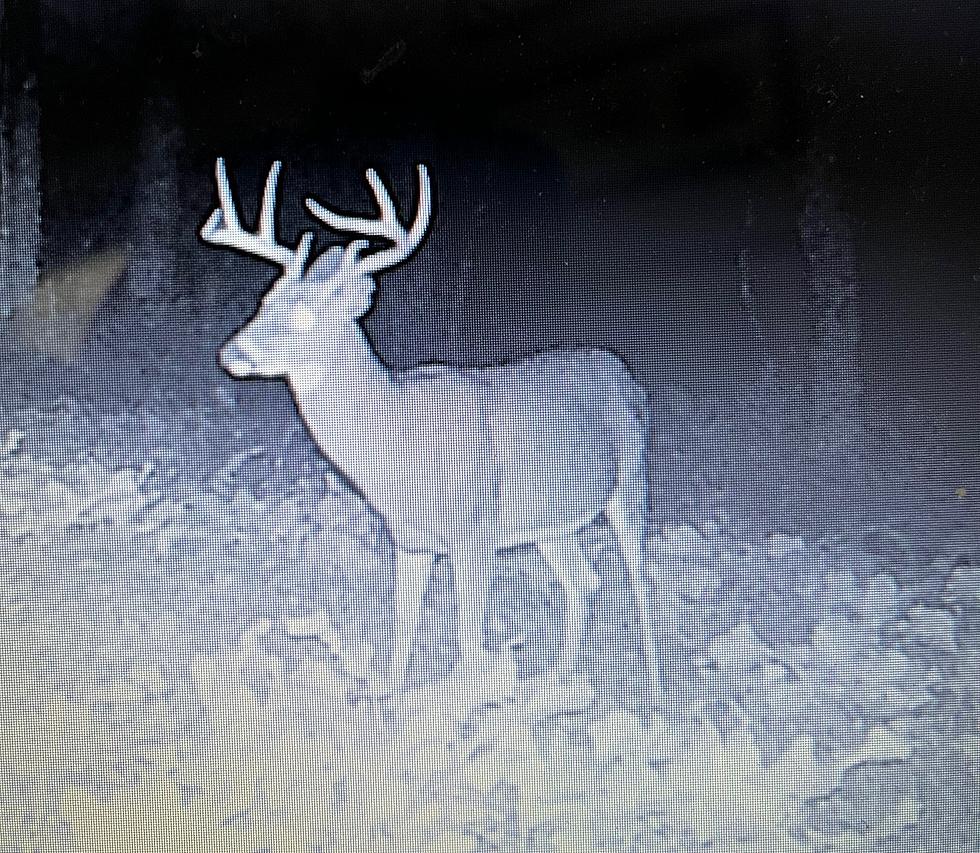
New York State Hunters Get A Warning For The Weekend
The final weekend of the firearms season for deer hunters in New York State is here and if you have not filled that tag yet, there is still some time and still plenty of deer in the woods.
The deer hunting this season has been pretty decent by most reports. The weather has cooperated for the most part and there have been some big bucks taken! Even though we are beyond the initial rut, the deer seem to be pretty active and on the move.
If you are hunting this weekend, there are a few things to remember and be ready for. Safety is always the main focus. This is typically the weekend that some hunters will "drive" or "push" deer. Just remember where your hunting partners are and be safe if that is you.
The other thing to remember is the weather. The warm temperatures are back this weekend across New York State and if you get a deer, make sure you get it taken care of quickly.
While there are varying opinions on when to cut up a deer after you kill it, most hunters agree, the sooner the better.
Regardless of temperature, you want to gut any animal as soon as possible. Above 50 degrees and up you have an hour at most to field dress. Below 50 degrees you can get away with it a little longer the colder it is.
This year in New York State, the Holiday Hunt will return after Christmas.
Holiday Deer Hunt is an extension of the late bow and muzzleloader season from December 26 - January 1 in the Southern Zone.
If you are hunting, there is something that I found on the buck that I harvested this past weekend that I wasn't aware existed but thought you should know. We have all been warned about ticks when we are in the outdoors and most deer hunters are aware that ticks are on deer that we take. However, when I showed these pictures to a friend, who is also a veterinarian, he told me it was actually a different type of parasite.
These were on the buck's legs and back.
These are not ticks.
My friend tells me that these are actually a European Deer Ked!
Lipoptena species, also named the deer ked or deer fly, are commonly encountered in temperate areas of Europe, northern China, and North America. Although wild animals seem to be the preferred hosts of these parasitic arthropods, it is increasingly being noted that humans are also directly threatened by their bites.
I had never heard of such a thing and, like you, the first thing I wondered was if they are bad for humans? It appears that it may cause an itchy and sometimes painful reaction.
The inflammatory reaction resolved over five days, but hyperpigmented papules persisted for three months. In only the biggest site of the deer ked bite, a small field with a clear fluid vesicle was noticed. The Lipoptena cervi bites caused the formation of vesicles on the skin, which transformed into small erosions after splitting
Good luck hunting this weekend and most importantly, be safe!
3 Important Reminders For Deer Hunters
Gallery Credit: Clay Moden
The 7 Best Winter Tools For New York State Homes
Gallery Credit: Clay Moden
